Maintaining the exterior paint of your home is not merely an aesthetic concern; it's also crucial for protecting the building material underneath. As time passes, various factors like weather conditions, UV radiation, and general wear and tear can degrade the quality of the paint.
Knowing the signs that your home's exterior requires a new coat of paint is key to preserving both its appearance and structural integrity. Here are five telling signs that it may be time for you to refresh your home's exterior paint.
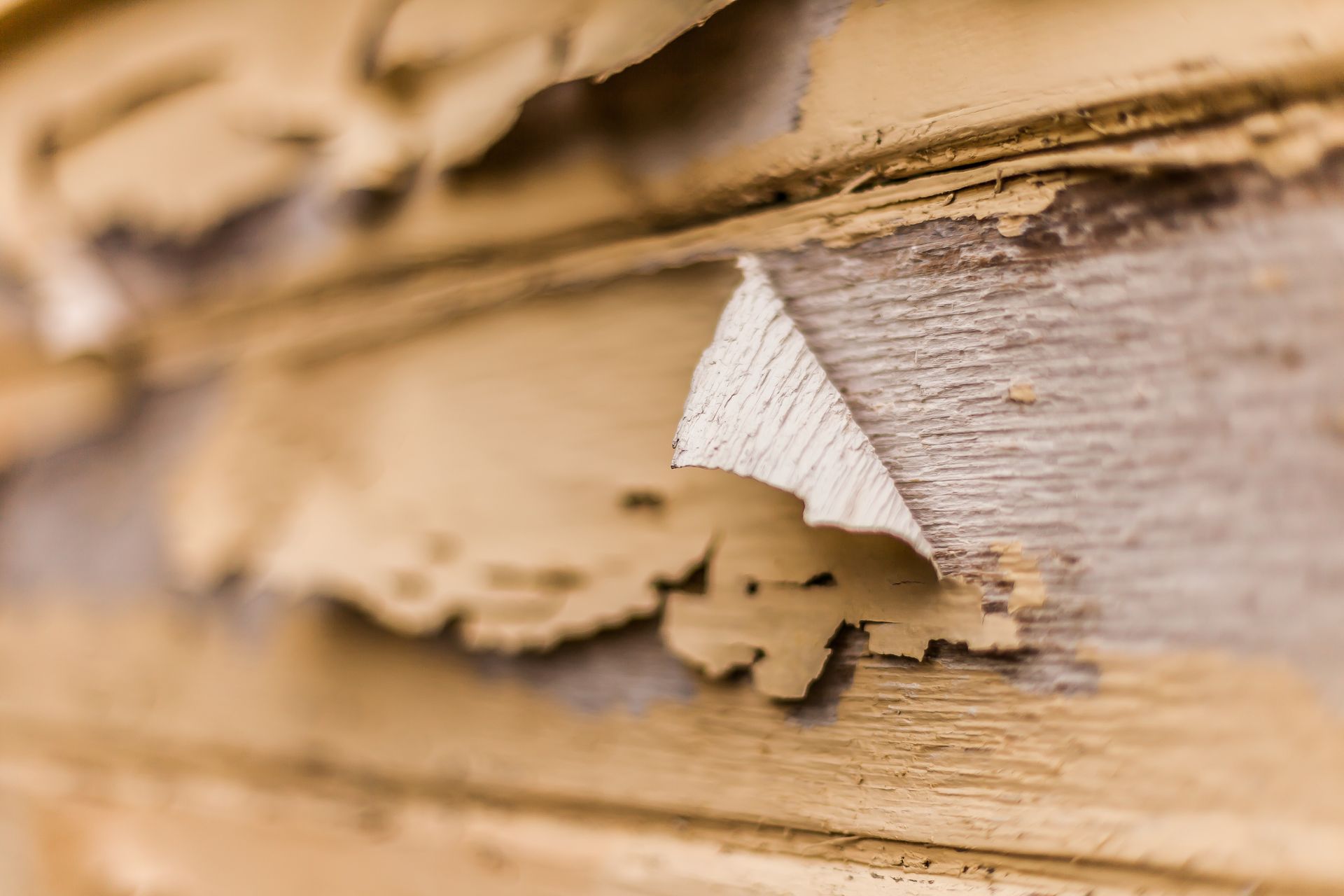
Sign 1: Fading Paint
One of the most apparent signs that your home's exterior needs repainting is the fading of its current color. Over time, the paint on your home's exterior walls is exposed to various environmental factors, including harsh sunlight and fluctuating weather conditions. Ultraviolet (UV) rays from the sun are particularly damaging, causing the paint to lose its vibrancy and appear washed out.
Faded paint is not just an aesthetic issue; it also signals that the paint's protective properties are diminishing. The paint serves as a first line of defense against the elements for the material underneath. When it starts to fade, it becomes less effective at this crucial role, potentially exposing your home to damage such as moisture infiltration, which can lead to more serious issues like rot and mold.
Additionally, the fading paint can have a ripple effect on your property's curb appeal and overall value. A home with a well-maintained exterior is more attractive to potential buyers and can command a higher market price.
If you notice that your home's paint has lost its original hue and appears faded, it's a clear sign that it's time to invest in a new coat of paint.

Sign 2: Chipping or Peeling Paint
Another undeniable indicator that your home's exterior requires attention is the presence of chipping or peeling paint. Paint can begin to chip or peel for a variety of reasons, such as poor initial application, inadequate surface preparation, or simply the age of the paint job. Other contributing factors could include fluctuations in temperature and moisture levels, which cause the paint to expand and contract, leading to a breakdown in its structural integrity.
Chipping or peeling paint is not just an unsightly problem; it's also a functional one. When the paint chips or peels, it exposes the underlying material to the elements. This could lead to more severe issues like wood rot, corrosion of metals, and increased susceptibility to termite infestations in wooden structures. Moisture can easily penetrate these exposed areas, potentially leading to the growth of mold and mildew, both of which pose health risks and can be costly to remediate.
Ignoring chipped or peeling paint can result in escalating repair costs over time. The longer the underlying materials are exposed to environmental elements, the more extensive — and expensive — the eventual repairs could become. It's not just about maintaining aesthetics; it's about preempting further damage and associated costs.
If you observe areas of chipping or peeling paint on your home's exterior, it's advisable to take prompt action. Failing to address this issue in a timely manner could result in higher long-term maintenance costs and compromise your home's structural integrity. Consider searching for a painter near me and see if you can find a few painting companies to do a free inspection of any potential damage as well as provide you with a free quote to seal your exterior and restore its former glory.
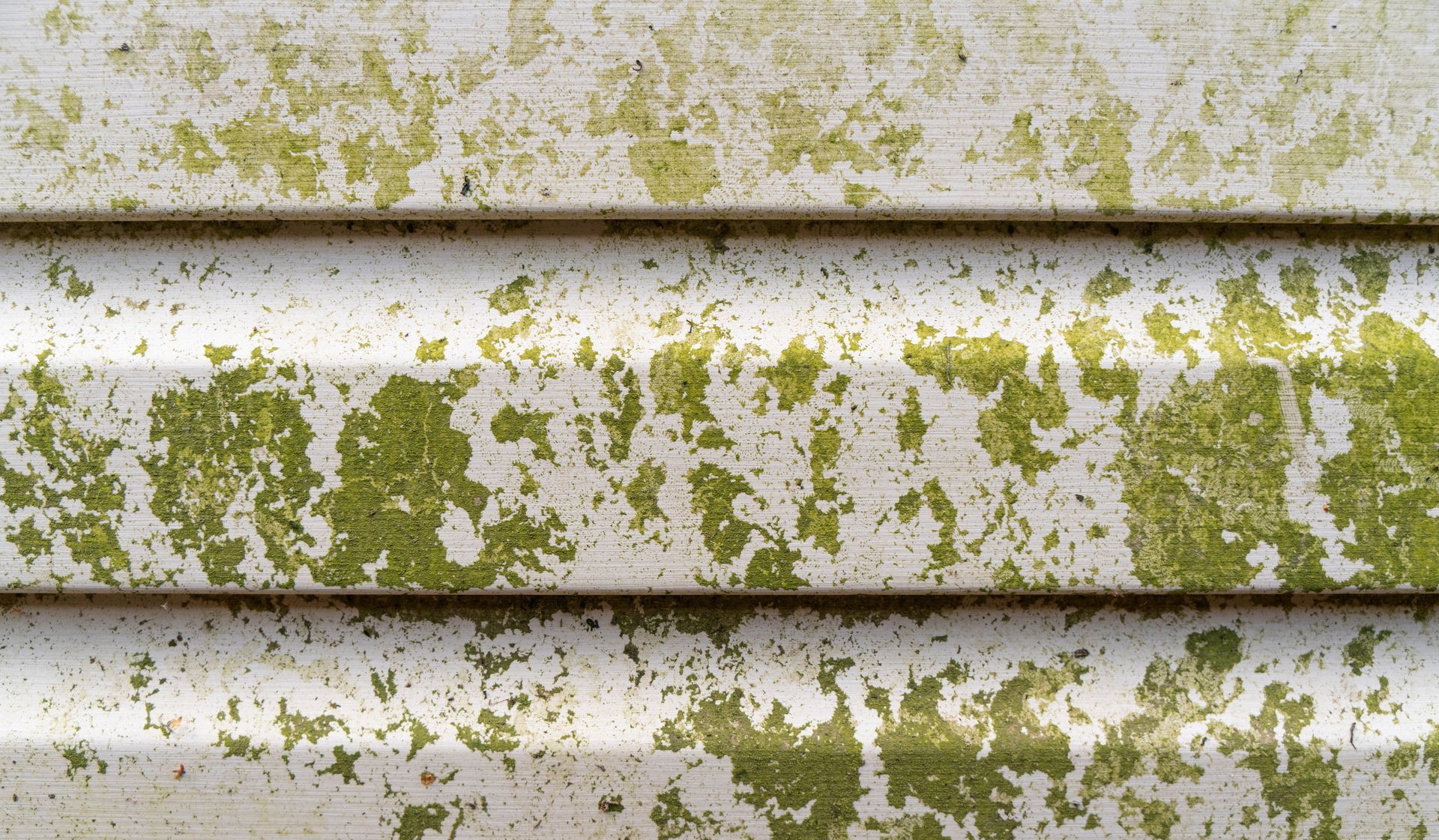
Sign 3: Mold or Mildew Growth
The presence of mold or mildew on your home's exterior walls is a significant red flag, signaling that immediate action is necessary. Mold and mildew are fungi that thrive in damp, humid conditions. If your exterior paint is deteriorating or if there are areas where moisture is accumulating, these fungi can take hold. Drainage issues, leaking gutters, or even the shade from surrounding trees that prevents sunlight from naturally drying your home's exterior can contribute to the problem.
Mold and mildew are not merely cosmetic issues; they pose a range of potential health risks, including respiratory problems, skin irritation, and in some severe cases, more serious conditions like asthma attacks or lung infections. Children, the elderly, and those with pre-existing health conditions are particularly vulnerable.
Beyond the health risks, mold and mildew can cause structural damage to your home. They can weaken the integrity of the materials beneath the paint, including wood and insulation. Over time, unchecked mold and mildew can lead to significant repairs that could have been avoided with timely intervention.
In cases where mold or mildew are present, a simple paint job may not suffice. You'll likely need to address the root cause of the moisture and may require professional cleaning to fully eradicate the mold and mildew before repainting.

Sign 4: Caulking Deterioration
Caulking is an often-overlooked but essential component of your home's exterior. It serves to seal the gaps between various building materials, such as where siding meets windows or doors. The primary role of caulking is to create a barrier against water and air infiltration, ensuring that the interior of your home remains dry and energy-efficient.
Deteriorating caulking is a clear sign that your home's exterior may need a fresh coat of paint, among other repairs. When the caulk begins to crack, harden, or separate from the surfaces it's meant to seal, it loses its effectiveness. Consequently, this compromises the protective attributes of your exterior paint. Water can infiltrate these gaps, leading to the problems discussed in earlier sections, like mold, mildew, and rot. Moreover, deteriorated caulking can also compromise your home's energy efficiency by allowing drafts.
If you observe signs of caulk deterioration—be it cracks, gaps, or hardening—it would be prudent to take immediate action. In many instances, you'll need to remove the old caulking and apply a fresh layer before proceeding with a new coat of paint. This ensures that your painting investment will be more durable and effective in the long term.
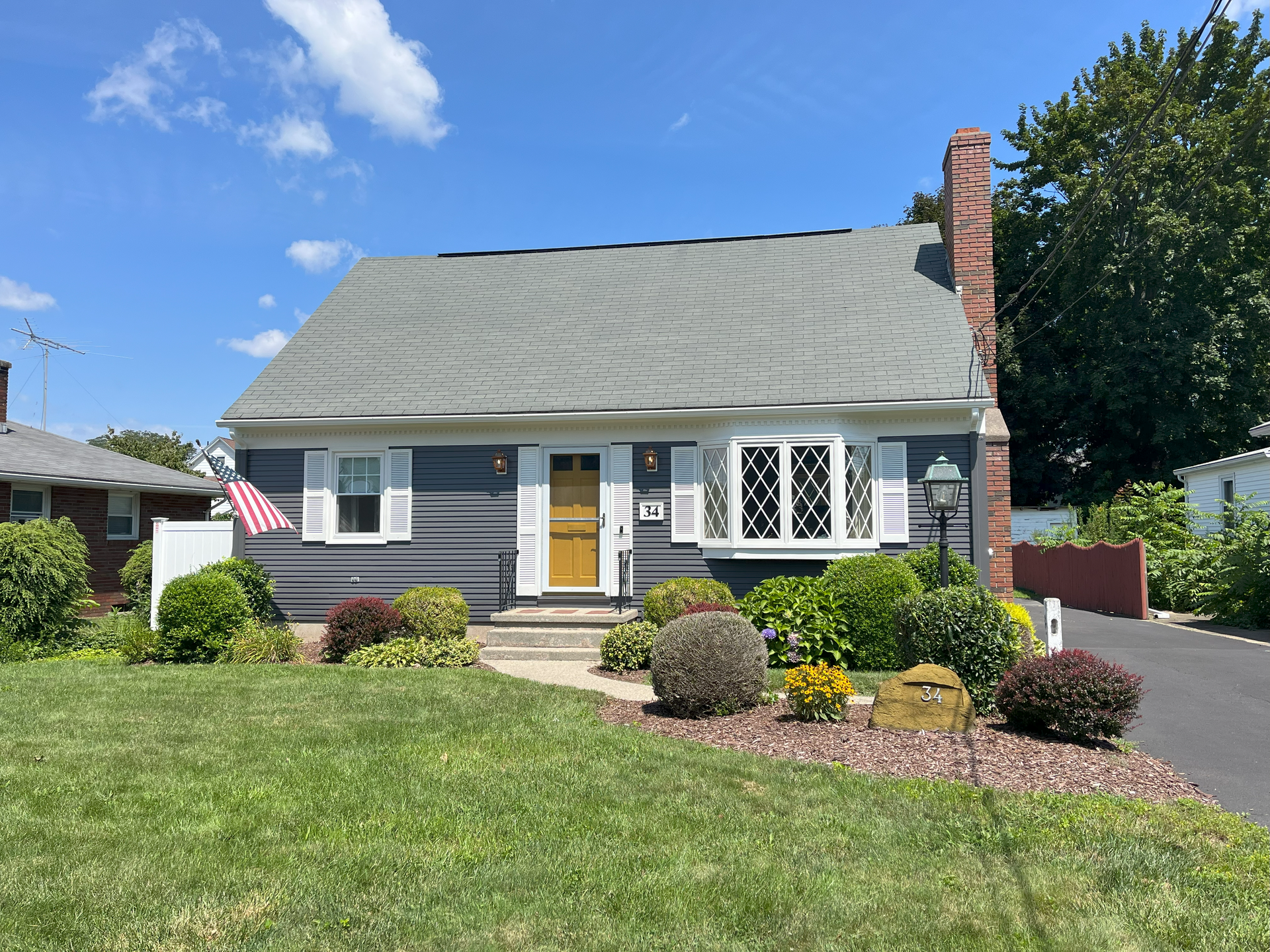
Sign 5: Outdated Color
While the other signs focus primarily on the structural and functional aspects of your home's exterior paint, an outdated color is more of an aesthetic concern—but it's one that shouldn't be ignored. Color trends evolve over time, and what was popular or fashionable a decade ago may now look dated or out of place. This can impact not just your personal enjoyment of your home, but also its curb appeal and resale value.
A dated color scheme can make your property appear older than it is, potentially discouraging prospective buyers. On the flip side, a contemporary color can enhance your home's attractiveness and may even increase its market value. Real estate studies have shown that certain colors can significantly affect the price a home commands, with modern, neutral colors often being more appealing to a wider audience.
Choosing to update to a more contemporary color is not merely a vanity project; it's an investment in your property. The benefits extend beyond the initial 'wow' factor, offering long-term value. An updated color can make your home more desirable in the real estate market and improve your living experience in the space. It’s a relatively simple way to modernize your home and make it more aesthetically pleasing.
Final Words: Recognizing the Need for Change
The condition of your home's exterior paint is more than just a superficial concern. As we've outlined, there are several signs—fading paint, chipping or peeling, mold or mildew growth, deteriorating caulking, and outdated colors—that indicate your home may be in need of a fresh coat of paint. These signs not only impact the visual appeal of your home but also have practical implications, including the potential for structural damage and increased maintenance costs.
Taking timely action to address these signs can provide both immediate and long-term benefits. An updated exterior not only boosts your home's curb appeal but also serves as a protective layer against various environmental elements. Delaying the inevitable could lead to escalated problems and more costly remedies down the line.
If you've recognized any of these signs and you're ready to refresh your home's exterior paint, don't hesitate to consult with painting professionals for the best results. Pioneer Painters is your go-to painting contractor serving Western MA and Northern CT, including communities like Suffield, CT, and Springfield, MA. With years of experience and a commitment to quality, we offer comprehensive exterior painting services that cover everything from color selection to surface preparation and final paint application. Contact us today at (413) 798-4088 or request an estimate.
Recent Blogs
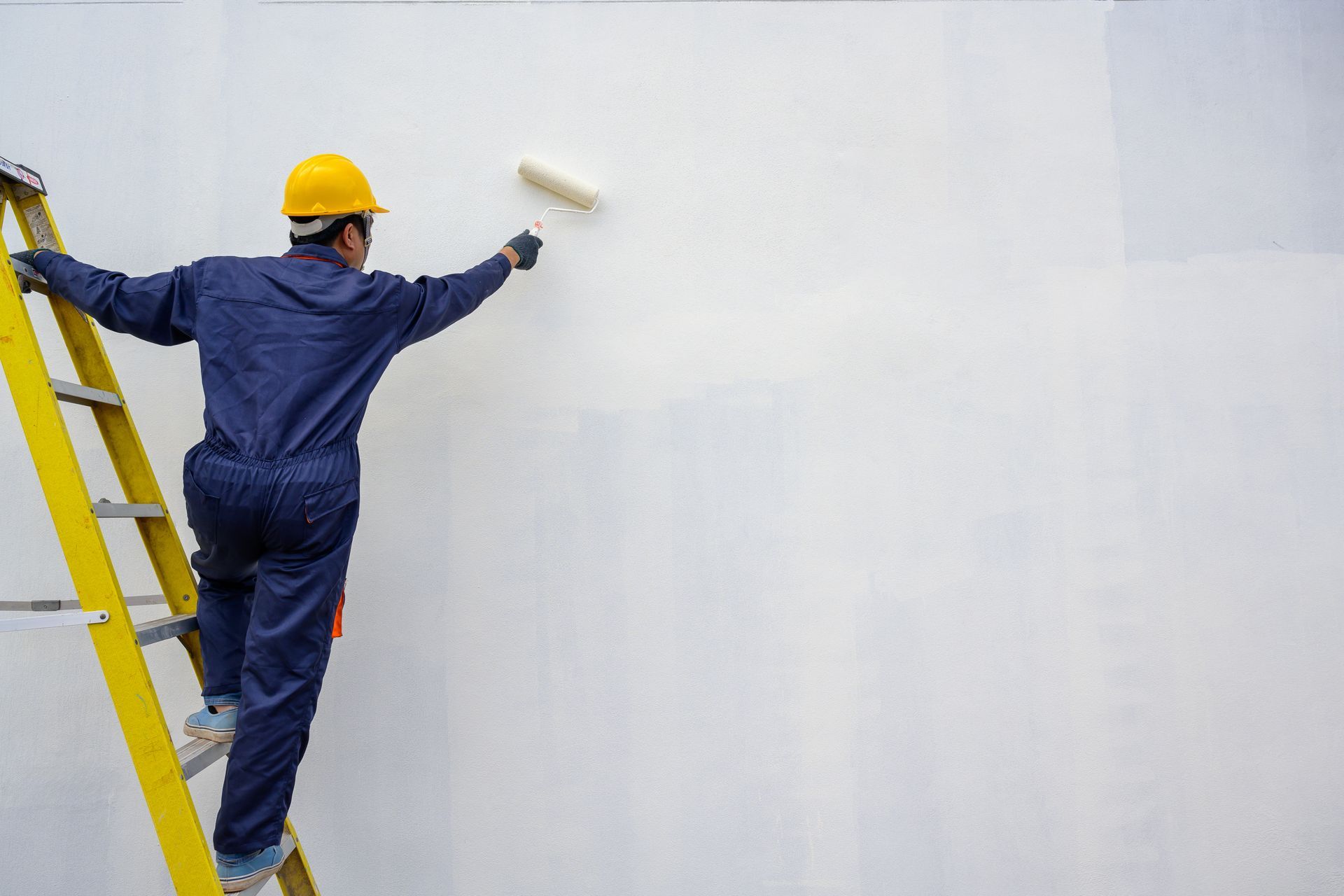
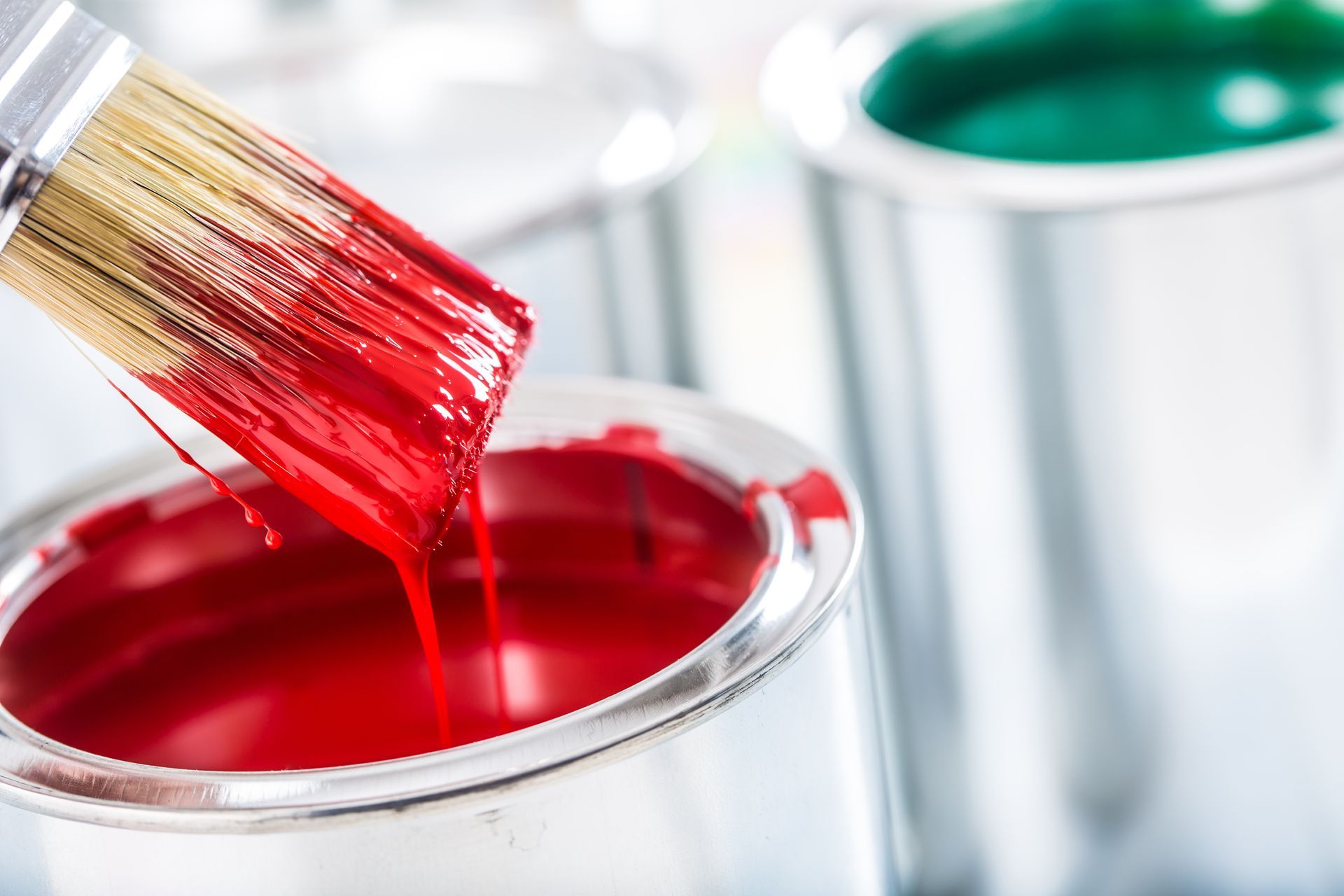
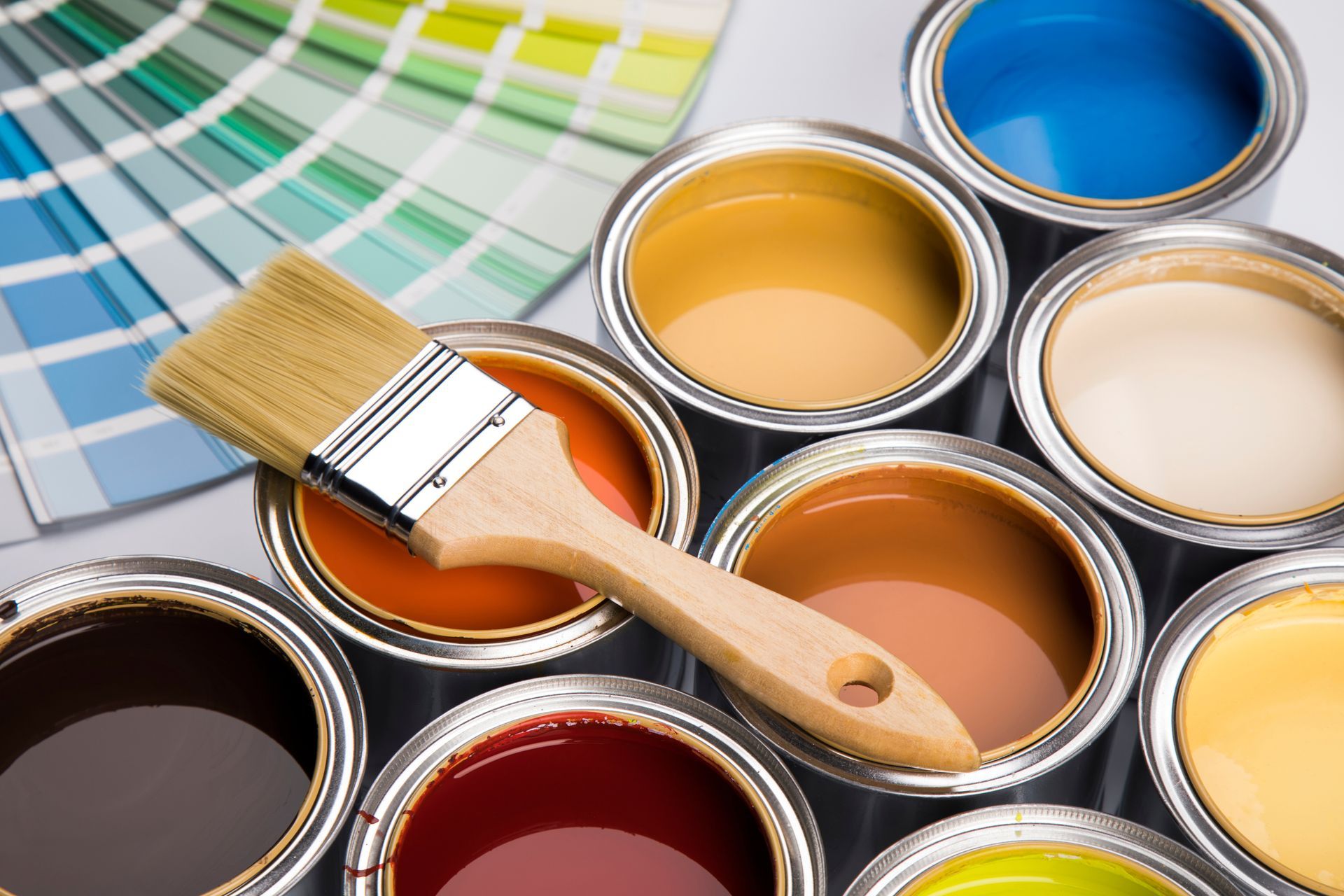
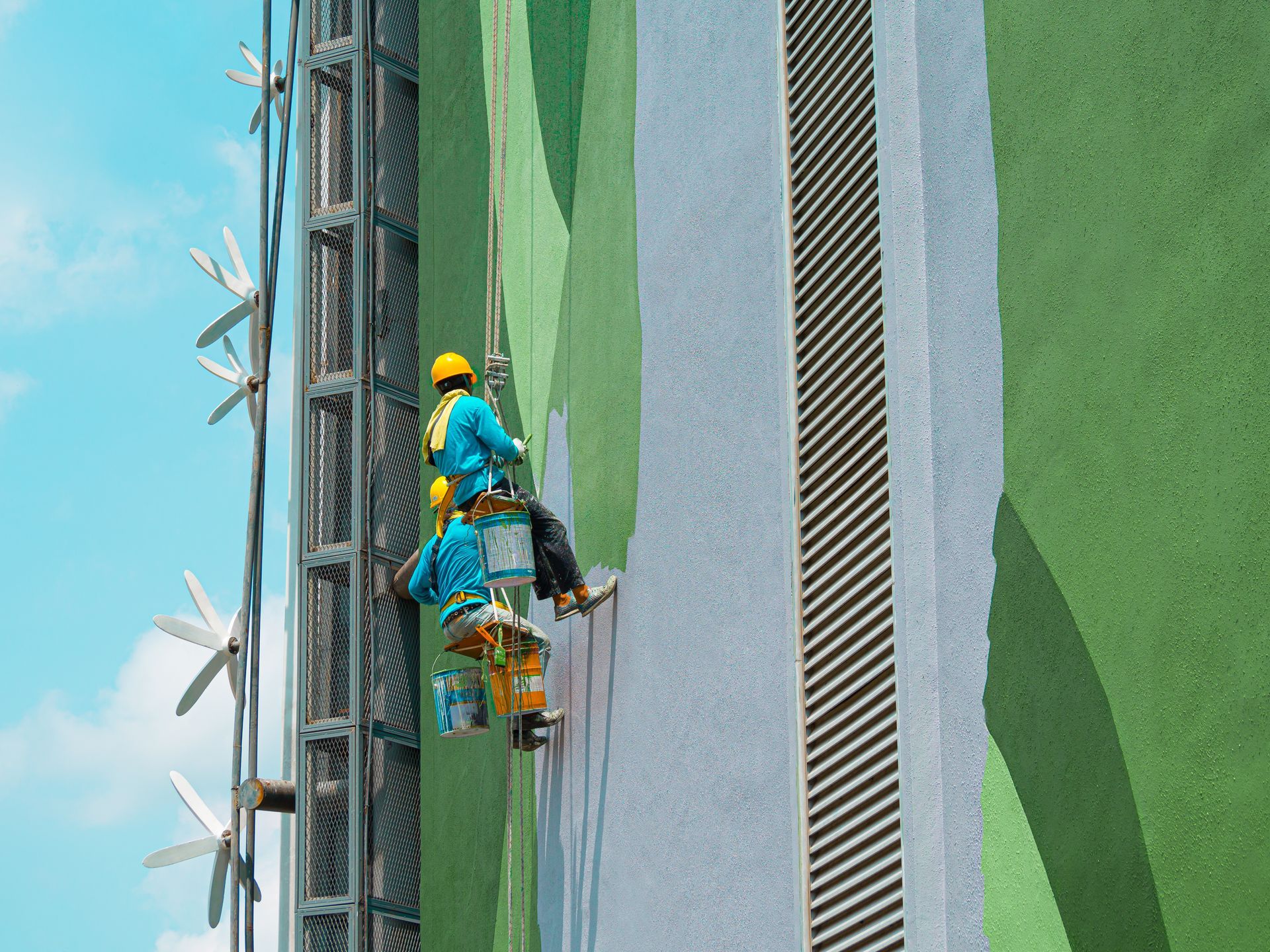
Get A Fast Quote Online
Have a painting project you need a quote for? Submit a fast and easy quote request online
Pioneer Painters is a Painting Contractor in Longmeadow, Massachusetts and the surrounding areas. Call today for more Painter Service Information.
Site Links
All Rights Reserved | Pioneer Painters

